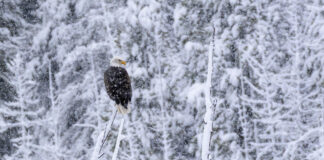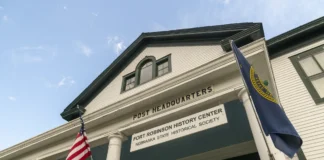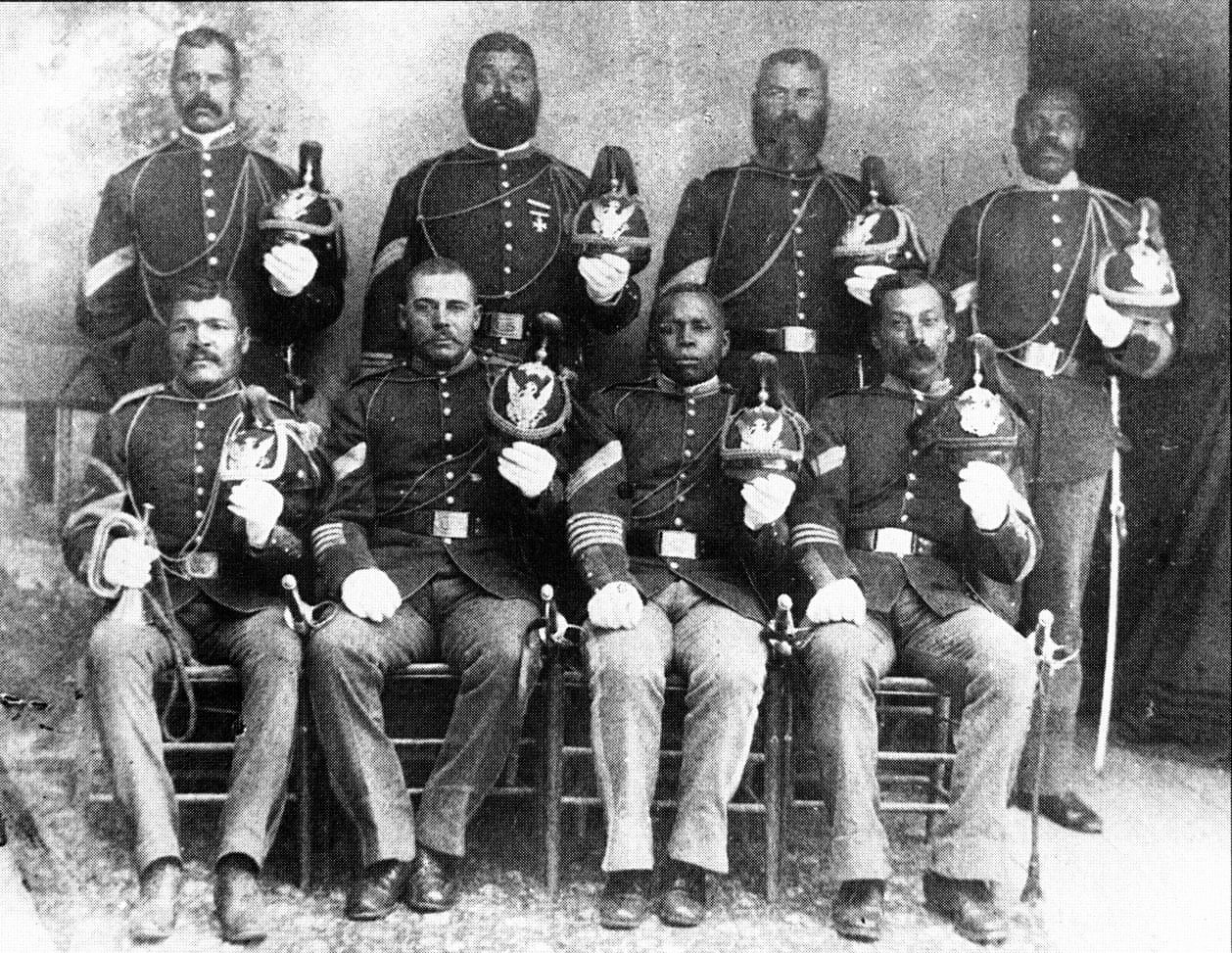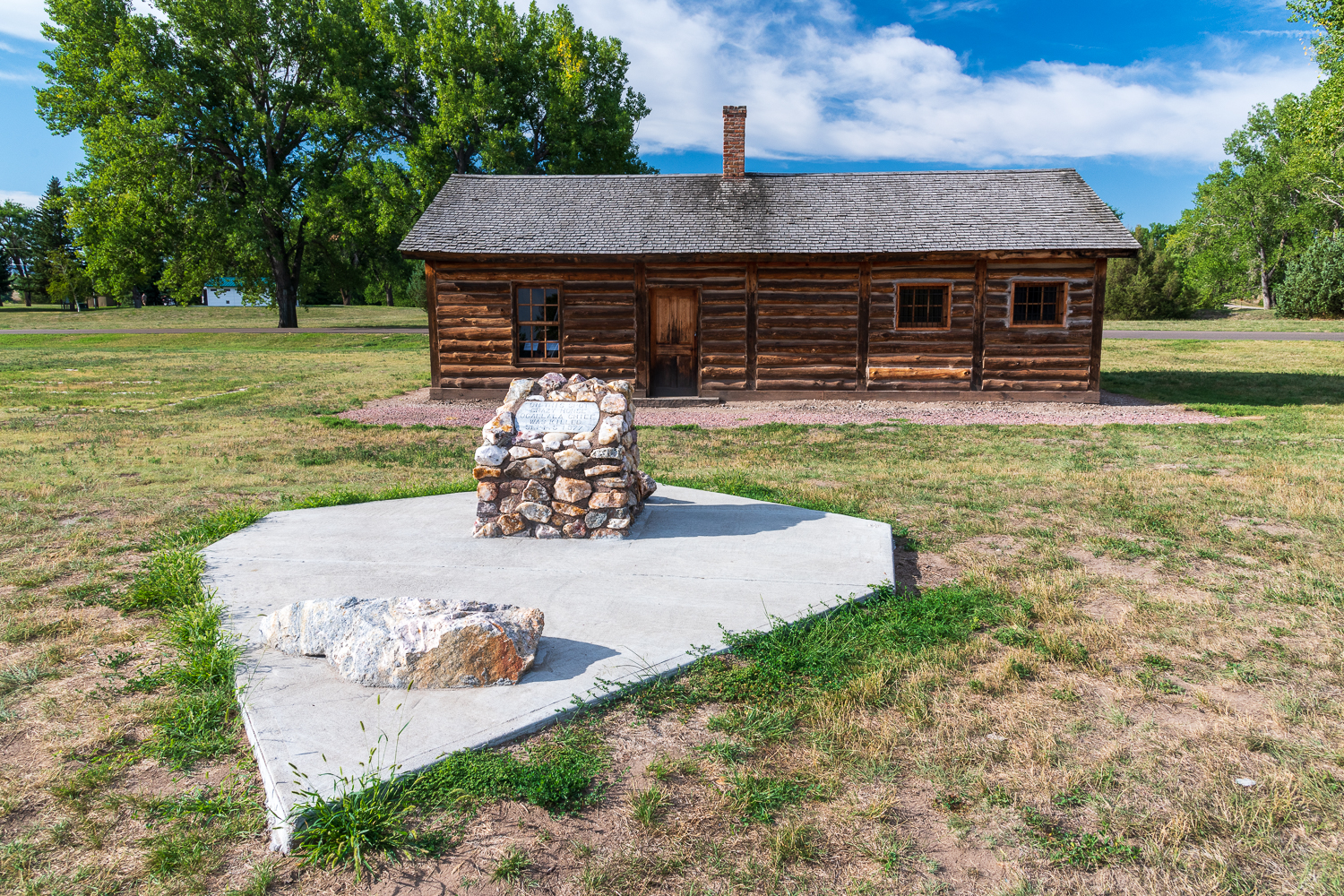Discover Nebraska
Explore the beauty and history of Nebraska with Trails West Magazine where the pioneers blazed the trails to the west, leaving their mark on history and shaping the course of a nation.
Nebraska
Where the Ice Ends: Bald Eagles on Nebraska’s Rivers
Every winter, bald eagles transform Nebraska’s rivers and reservoirs into staging grounds for one of the Great Plains’ most dramatic natural events: the return of the bald eagles.
Fort Robinson: Where the Plains Remember
Western Nebraska’s Pine Ridge country looks quiet today. Rugged buttes rise over the White River valley, cottonwoods trace the water’s bends, and pronghorn graze across the open hills. But beneath the calm lies a history every bit as dramatic as the land itself. This is Fort Robinson, one of the most storied military posts of the Northern Plains.
The Mentally Forgotten: Homelessness, Mental Illness & the Invisible in Scottsbluff
Scottsbluff might feel remote, but that isolation magnifies suffering for those living without shelter, fighting mental illness, addiction, or being socially outcast. “The Mentally Forgotten” follows individuals like Lloyd Mathernsen—people judged, overlooked, yet seeing little help.











